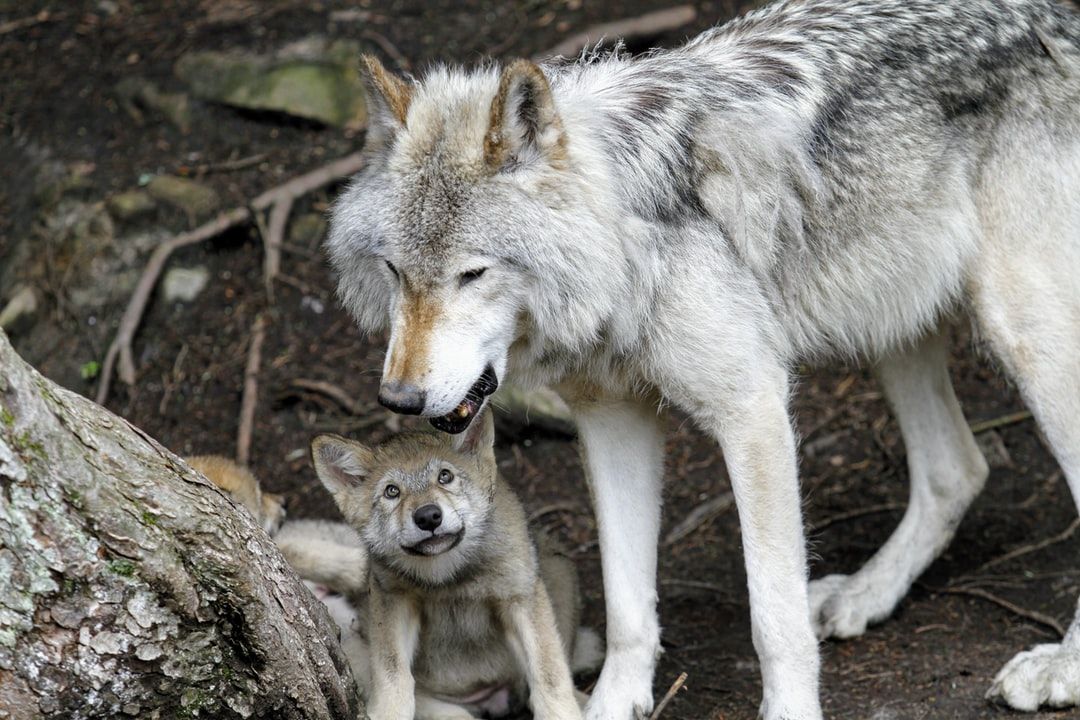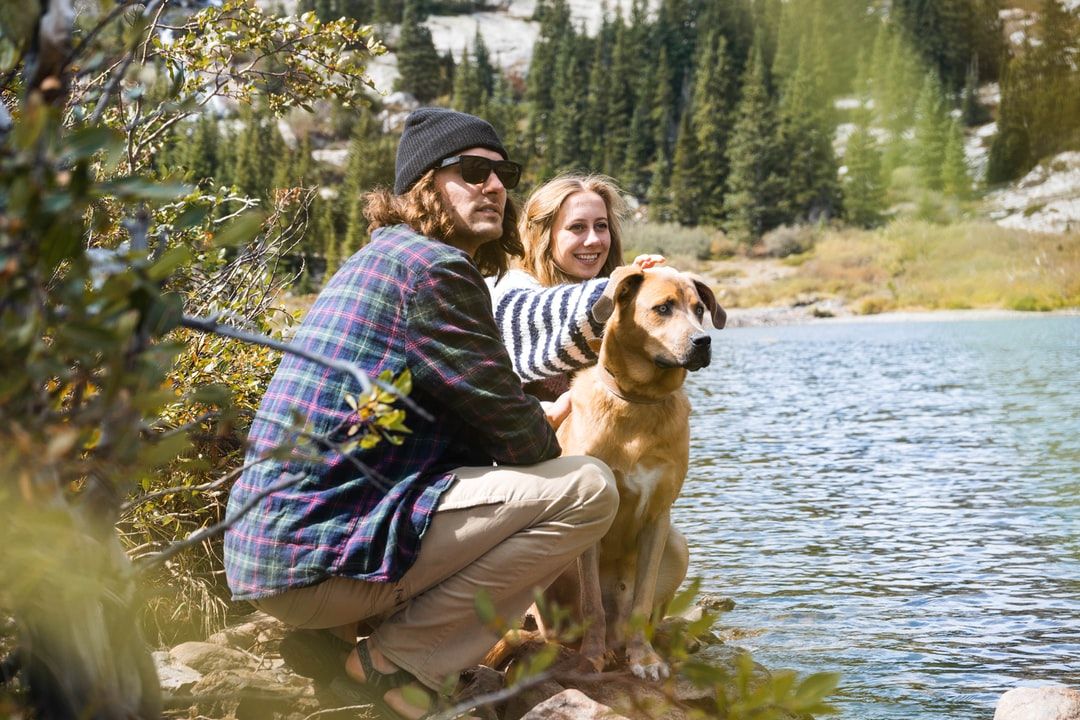Dog training is improving in leaps and bounds. Over the last 30 years or so, the good trainers, behaviourists, scientists and ethologists are doggedly dragging the industry into kindness. It’s amazing to see the wonderfully kind dog professionals working with the canine mind and emotional states, acknowledging dogs for who they are and generally being the best of our species to do the best for dogs.
Sadly though, as is with everything, some individuals can’t seem to get up to date and even when presented with the facts – won’t accept them. For example, we still hear people saying that “prong collars don’t hurt” or “I am my dog’s alpha” and there begins the darker side of the dog industry. The dirty little tricks.
The first definition for the word “trick” available on dear Google is:
And this is pretty much what happens when a dog is pushed around or scared into temporary behaviour change. A dog’s guardian is tricked into believing their dog’s “bad” behaviour has been eliminated.
Dirty Trick One – Act like A Wolf

A few generations ago a false theory was revoked from all the scientific journals it had been published in. The idea that wolf packs were focused on trying to be the leader hung around for some time, but it was so very wrong.
Sadly, though the idea took root, leaving us with a myriad of dated dog trainers spreading disproven science around as if it’s the answer to all dog issues everywhere. This idea may have stuck because it was deliciously simplistic – which it was. All we had to do was claim back the place of the strongest “wolf” in the “pack” and our subordinate “wolves” (our domestic dog friends to you and I) would simply melt into easy going well-led wonders.
There are so many flaws to this theory that it’s shocking it’s got this far but it has. Not only has it got this far but unsuspecting and often desperate dog guardians are being told to be the boss. “Being the boss (sometimes presented as “being the pack leader”) means eating before the dog, not letting them on the furniture, and sometimes even physically manipulating the poor confused things into their “place”.
The truth is though my friends, dogs are not wolves. And wolves are way more sophisticated than we originally knew anyway. Even wolves don’t live their lives striving to be a pack leader, they live rich family lives full of strong relationships and co-operation. Which is pretty much all our dogs want too, and as we are their family we are much better placed to offer them that with a kind education of our own.

Dirty Trick Two – Suppression
Suppression is defined as:
One of the tricks of the less developed dog trainer is to force a dog into changing a certain behaviour. Lack of knowledge when this is carried out overlooks that the behaviour is likely to be serving a purpose for the dog – or even giving us really useful information about how that dog feels.
When a dog is threatened or scared by something enough to change a behaviour, they are also suppressing how they feel – because a behaviour is always based on a feeling. For example, a behaviour associated with fear is vocalisation. You or I might get scared and scream because something makes us jump while our dogs may get just as scared and bark!
Ask yourself this:
- If you were to scream in fear, then someone shook you or shouted at you – would you get less scared or more scared?
- What about if they were a really, really scary person – how would you cope?
- Would your fear suddenly melt away because you had been forced to change the way you coped with it?
It wouldn’t, your fear would be pushed back inside on a temporary basis because you had learned at that moment - in that company - not to talk about it.
Dog behaviour is always information for us to learn from – It’s never ethically something we should seek to blindly change, because to do that will always affect the welfare of the dog.
Ways that suppression is carried include prong collars, electric collars, checking and yanking, threatening, rattle cans and water sprays. When the behaviour settles or stops, people think the emotional and sometimes physical bullying has worked, it’s not though – it’s just been suppressed.

What Can You Do Instead?
The tricks I have discussed here are still way too common in small and big towns everywhere.
The only real way we can change a dog’s behaviour ethically is by learning who they are, why they make the choices they do and helping them to learn better ones. Behaviour is information and emotion. Teaching is about empowering and helping the learner. Sharing our lives with domestic dogs is about helping them have the best and most natural life possible.
And to do that we must first educate ourselves.
Start Your FREE Skill-Hub Trial Today
Commitment Free 3 Day Access
Canine Principles' Skill-Hub allows unlimited* access to ALL self-study courses, workshops & webinars.
*Requires Monthly Subscription. See Skill-Hub Subscription Page For Details.

